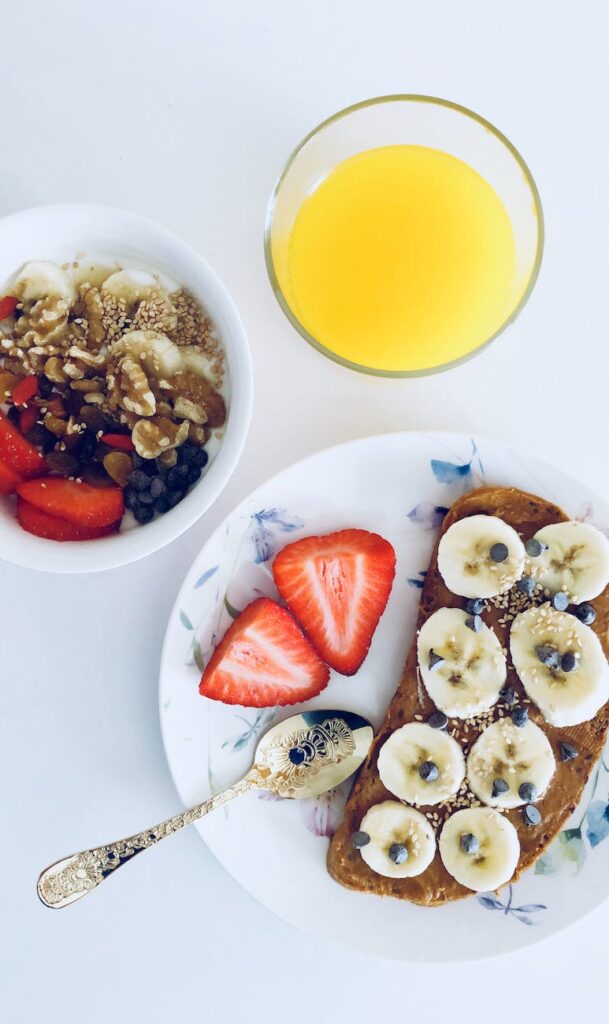For the last two and half years, I’ve been an adherent of intermittent fasting. I use the 16:8 approach: abstinence from food for sixteen consecutive hours followed by an eight hour period where food intake is permitted. My feeding schedule has been that after dinner I don’t eat again until lunch. In other words, I skip breakfast.
Intermittent fasting has worked wonders to keep my weight in check, just as it has for Kevin O’Leary, aka Mr. Wonderful. The idea behind 16:8 intermittent fasting is that ketosis begins about twelve hours after eating. Ketosis is when the body doesn’t have enough carbohydrates to burn so instead it burns fat for energy. So hopefully having a long stretch of not eating helps burn some fat. At a minimum, it reduces by two thirds the amount of time each day that an adherent can be stuffing himself–that probably helps reduce daily caloric intake.
I chose the feeding schedule of skipping breakfast because it was easy to implement. I spent a good chunk of the daily food abstinence window asleep! Couldn’t be hangry if I was asleep. I’d eat a fairly late, sizeable dinner, go to sleep, get up the next morning, work out, work, and before I knew it, it was lunch time. No problem.
However, I am shifting my 16:8 schedule to skipping dinner and bringing back breakfast. Instead of my feeding window being approximately 12 pm to 8 pm, it is now about 8 am to 4 pm. Why?
Sleep.
I’m going to skip dinner to sleep better.
I typically have no problem falling asleep. Staying asleep; however, has been a challenge. I regularly have been plagued by “stomach aches” in the middle of the night and in the morning. This is nothing new. Due to persistent gastrointestinal pain, several years ago I engaged various medical professionals and subjected myself to a battery of tests. Other than eliminating possible causes such as cancer, we didn’t learn much. Accordingly, I’ve continued to live with abdominal pain.
About a week ago, I asked Dr. Google some questions about digestion. Dr. Google informed me that while it can vary from person to person and also by what we eat, generally I could expect that it takes about six to eight hours for food to pass through my stomach and small intestine. Food then enters my large intestine (colon) for further digestion, absorption of water and, finally, elimination of undigested food. It takes about thirty-six hours for food to move through the entire colon. (Thank you Mayo Clinic and Dr. Elizabeth Rajan)
I asked Dr. Google to show me a picture of the digestive system. Dr. Google obliged (and I’m sharing this image under the Fair Use Doctrine. Thank you Mayo Clinic.):

Wow! If I had to point to a picture of where I hurt, this would be it, from the stomach down to the small intestine. What if I could clear out a lot of that area before I fell asleep each night? Would that help reduce the pain? I figured if I could stop eating early enough in the day, I could purge my stomach and small intestine by or before midnight! Maybe having those empty would reduce pressure, activity, and pain, and allow me to sleep more soundly. That’s what I wondered, anyway.
So my experiment has begun. By closing my mouth to food by 4 pm, each afternoon, I’m setting up my stomach and small intestine to be empty by midnight. Hopefully by letting those organs rest, the rest of me can rest, too.
…And I’m rediscovering breakfast.
With Love,
P. Gustav Mueller, author of The Present
